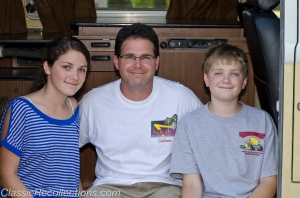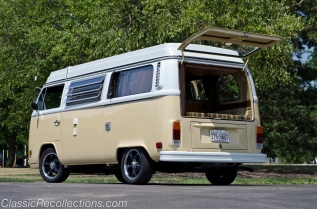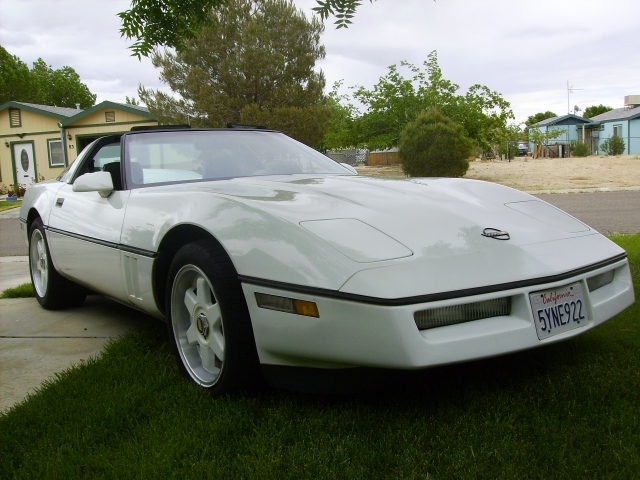Ford Find: Fan finds uncle’s long-lost ’46 hiding in barn.
From http://www.oldcarsweekly.com

Richard Cleer stumbled onto the 1946 Ford coupe his uncle built in the 1950s while searching for a flathead engine. He had to trade this tractor to bring the Ford back in the family.
By Angelo Van Bogart
Richard Cleer of Ipava, Ill., considers himself a Ford man and an International Harvester man, and he probably never thought he would have to betray his allegiance for one to get the other. However, that was the price Cleer had to pay when he retrieved a family heirloom earlier this year.
When Cleer found the 1946 Ford five-passenger coupe his uncle had hot-rodded in the 1950s just 25 miles from his home, he was actually following a lead to a 1939 flathead engine for another car.
“A guy said he had a 1939 Mercury flathead in the weeds,” said Cleer. “The engine in the weeds wasn’t right, so he said, ‘Maybe I have one in the barn.’”
The barn Cleer was taken to last fall was so overgrown with vines, trees and tall grass, it would have taken Indiana Jones to find it. When the owner cracked open the weathered red barn doors, Cleer saw the unmistakable shape of 1940s American iron.

Had he not been led to this overgrown barn, Cleer had little hope of ever stumbling onto the Ford his uncle built. Note the postwar Chrysler lurking in the barn; it was parked in front of the Ford.
“When he opened it up, I said, ‘That looks like my uncle’s old 1946 Ford,’” Cleer said. But he was mistaken. The car at the front of the barn was a 1946-’48 Chrysler. His uncle’s 1946 Ford was actually parked behind the Chrysler.
Cleer asked where the seller had bought the Ford coupe, and the man repeated the name of Cleer’s uncle. It had been parked since the early 1960s, not long after Cleer’s uncle sold it to the man. Cleer was able to further verify it was his uncle’s car, because all of the tell-tale modifications he remembered from his uncle’s Ford were still present. Blue paint still covered the Ford’s body, the push buttons were still in place to open the doors and the hood and deck lid had been de-chromed just the way Cleer remembered his uncle’s car.
Since the doors opened electrically and the long-parked Ford’s battery was dead, Cleer couldn’t determine whether the knob his uncle installed to open the deck lid from behind the seat was still there. Undeterred, he crawled in the side windows for a better look inside. Sure enough, that old knob was right where it should have been.
Despite Cleer’s excitement, he was told the Ford wasn’t for sale. Two months later, Cleer had worn down the Ford’s owner, although the Ford still wasn’t exactly for sale.
“He said, ‘If you want that car, you have to trade me for a John Deere tractor,’” Cleer said. “Well, I’m an International-Harvester man — I worked for International Harvester.”
Despite his allegiance, Cleer began searching for a John Deere tractor of the same value as the Ford, and one that would also satisfy the seller, to complete the trade.
“It took until May or June to find a tractor, because I didn’t want to get one he didn’t want and be stuck with it,” Cleer said.
Eventually, a John Deere was located at a dealership in Missouri, so Cleer called the Ford’s owner and asked him to call the dealership to make sure the tractor met his approval.
“He had the dealer run it for a half-hour, and he said it would be fine,” Cleer said.
After Cleer purchased the John Deere, the next challenge was retrieving the Ford from its approximately 50 years of storage. Although the brakes weren’t stuck, the Ford had been parked on a sandy floor, which helped preserve the sheet metal, but also caused the car to sink into the ground.
“It took four people five hours to get it loaded on the trailer,” Cleer said. “It had two flat tires, so we loaded it with used tires.”

After five hours of work, Cleer was finally able to retrieve the Ford from hiding. It was in remarkably good condition and exactly how his uncle had built it.
Once it was in the daylight, he finally had a good idea whether all of his efforts had been worthwhile.
“When I looked at it the first time, I didn’t have a flashlight and I didn’t know what it looked like,” he said. “It’s in really good shape — it’s really unbelievable. There’s just a little rust in the driver’s floor.
“It still has the same paint, and the interior my aunt put in it,” he added. “It looks like the seats and door panels are drape material.”
The Ford is still powered by the 1950 Mercury flathead with a 4-inch stroke that Cleer’s uncle installed with high-compression Edelbrock heads and dual 94 carburetors on an Edmunds intake. Cleer has already begun rebuilding the setup to make the Ford roadworthy again.
“I’m going to leave it that way,” Cleer said. “I had to pull the heads because it wouldn’t turn. I do all my own engine work but the machine work, and the machinist said [the engine] is in pretty good shape and the heads have never been ground.”
“It’s a good hot rod,” Cleer said, and one worth temporarily forsaking one tractor allegiance for another, even if the John Deere had the last jab.
“We had to use the tractor I traded to pull the cars out of the barn, and after we got the car loaded, I had to load the tractor and deliver it to his farm.”






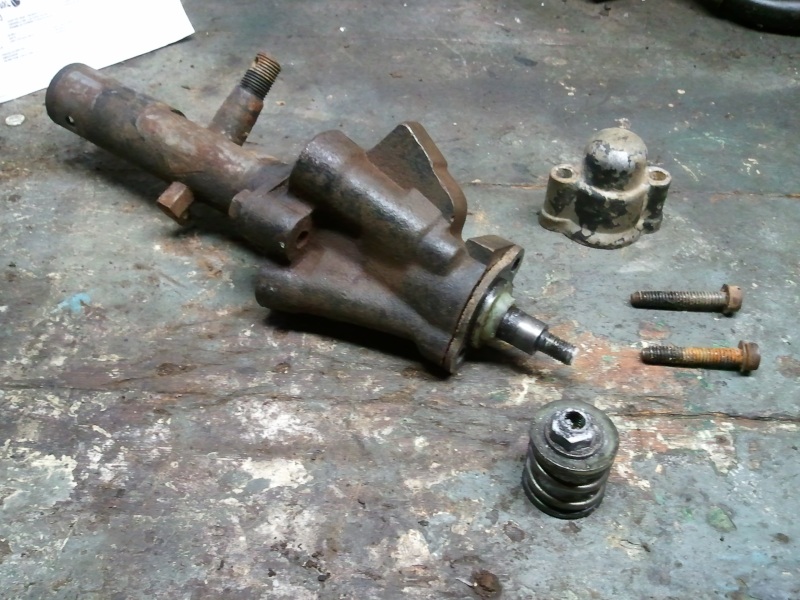

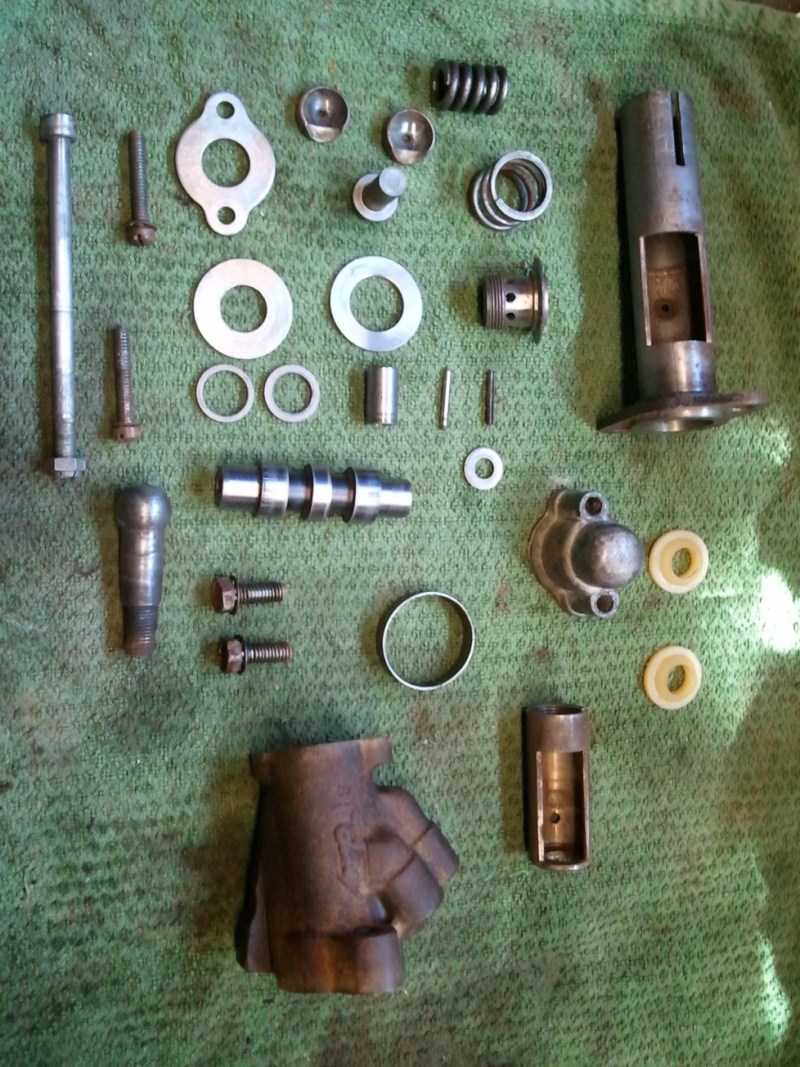


 Meet Jon, one of our engineers here at Prestolite Performance. He is the focus of our first installment of What We Drive, our series of stories about the cars of Prestolite Performance employees. Jon got into cars when he was about 13 years old. His first car was a 1986 Ford Tempo that he worked on, but never got it to the road. His college car was a 1989 Chevy S10, which he beefed up by replacing the original 4 cylinder with a V8.
Meet Jon, one of our engineers here at Prestolite Performance. He is the focus of our first installment of What We Drive, our series of stories about the cars of Prestolite Performance employees. Jon got into cars when he was about 13 years old. His first car was a 1986 Ford Tempo that he worked on, but never got it to the road. His college car was a 1989 Chevy S10, which he beefed up by replacing the original 4 cylinder with a V8.










